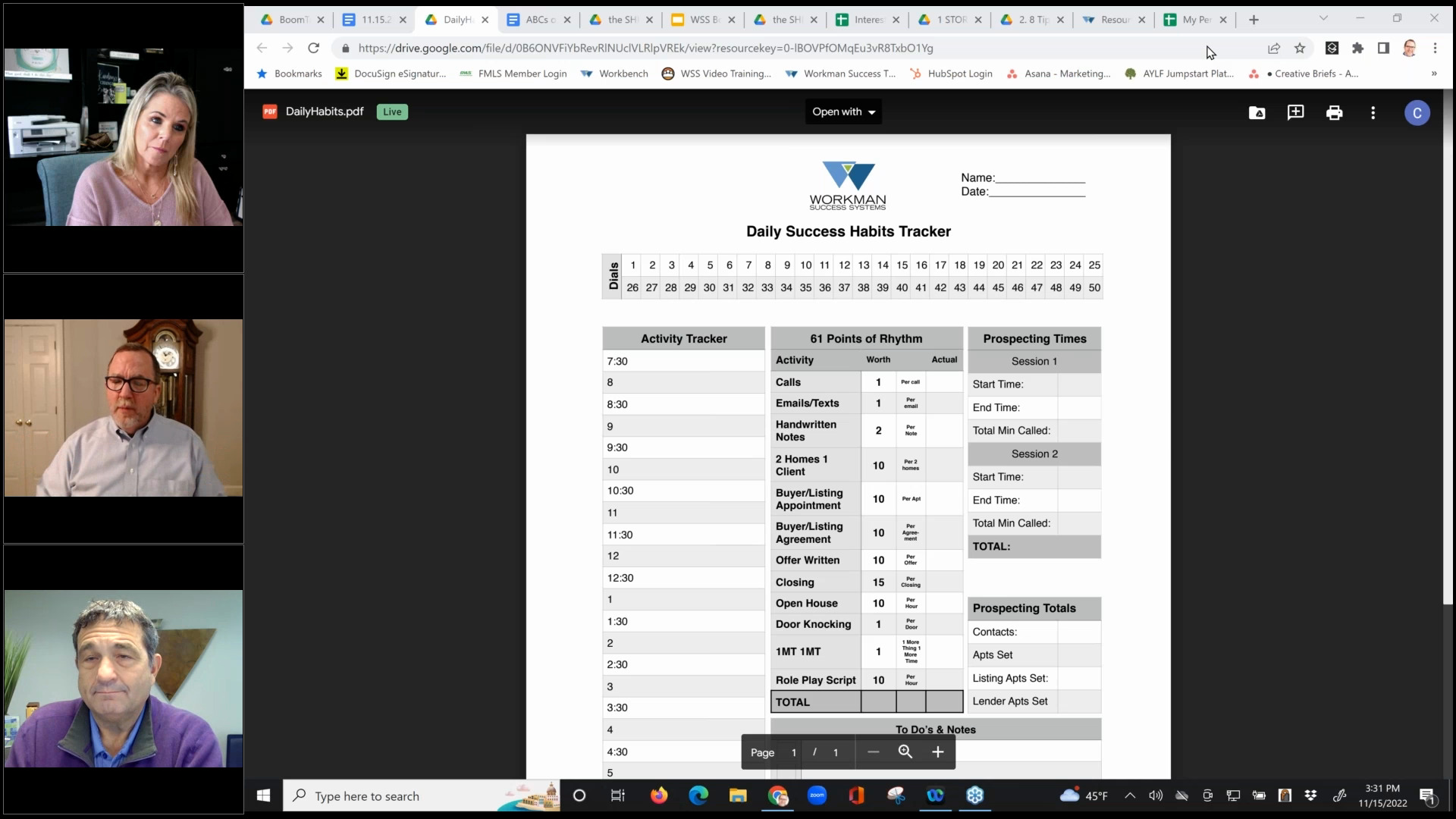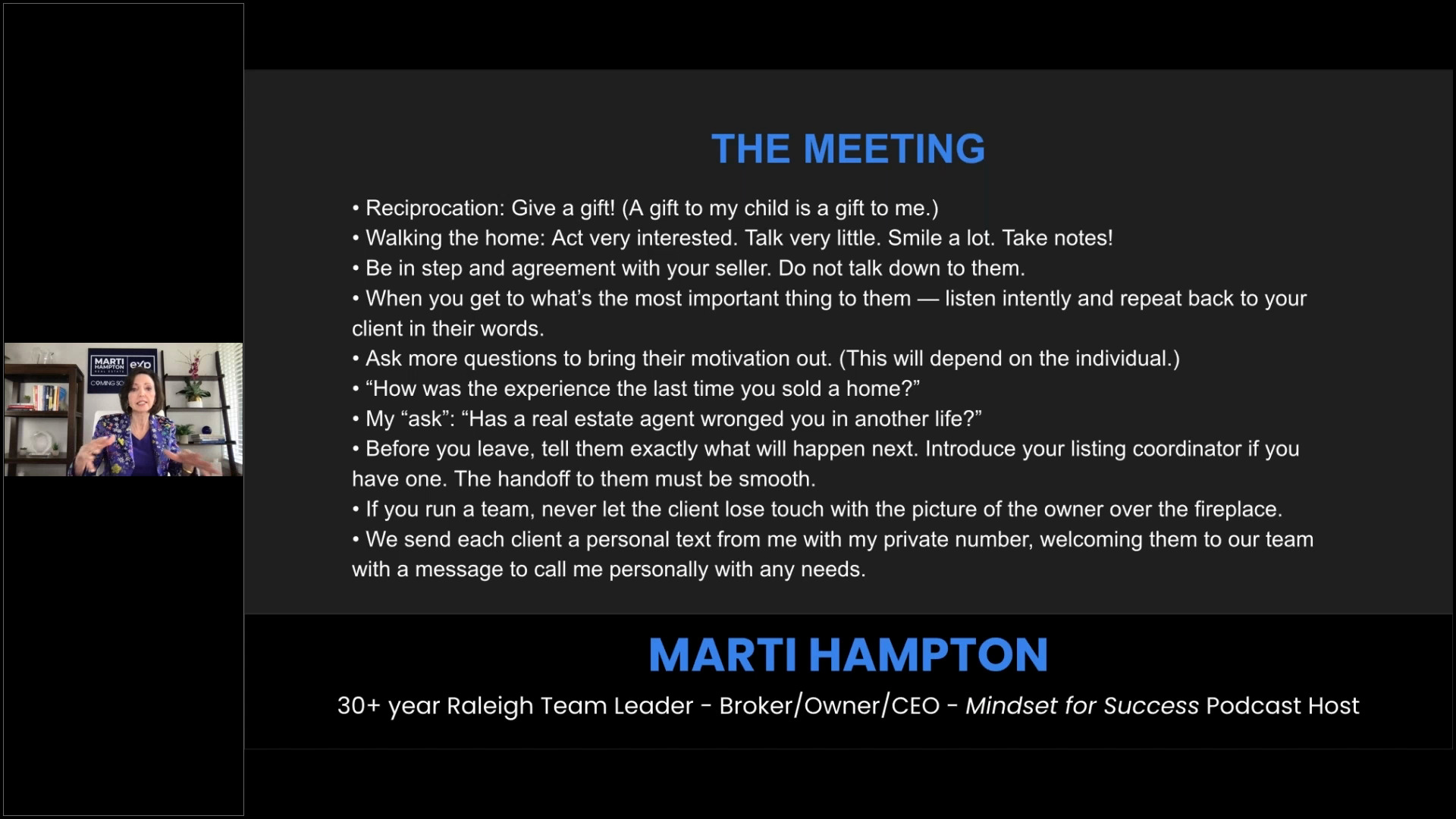
As the housing supply shrinks, California’s sellers markets are heating up fast. In fact, the top 3 most competitive markets in the nation are all in California. Seller leads are obviously golden for your business, but how do you go about finding seller leads and converting them? Top-performing BoomTown client, Kyle Whissel, of Whissel Realty in San Diego, knows second place pays zero, but since he’s typically carrying 20 to 30 listings at a time. he also knows how to nail a first impression with seller leads. We chatted with him to get the real deal on sourcing seller leads and delivering brutally effective listing presentations, to help you stand out from the competition and land those listings in your California market. First things first. If you’re feeling hard-pressed to even generate seller leads to even start to win over, Kyle has some tips.
Whissel has seen it too many times. After the sale, when he’s been representing a seller, the buyer’s agent vanishes. That’s when he swoops in. Introduce yourself to the buyers. Congratulate them on their new home. You can even bring them flowers or balloons and send them a congratulatory card. Although they just bought a home, they are future sellers. Making an impression and staying top of mind with them will have them seeking you out in 3-5 years when it’s time to upgrade/downsize/relocate.
“But I don’t see any value in open houses.” Many agents shy away from this traditional marketing tactic, but not Whissel Realty. They embrace it, and put their own unique spin on them.
“The value we get from open houses is incredible. We put very little investment in, and then you literally have people walking into a house that you’re selling, while you’re sitting there, and you get to build relationships with them face-to-face. Even those that are socially awkward will at least send an email asking questions after an open house.”
Here’s how they do it: Kyle Whissel’s team averages 5-6 open houses on an average weekend with anywhere from 20-100 prospects in attendance. Promotion, promotion, promotion Neighbors-Only + Public Open Houses Whissel and his team structure their open houses so the first portion is open to the public, and then from 1-3 pm, it’s a neighbors-only event. This is a great way to get the community involved and meet other potential sellers! When you focus on a specific area to generate seller leads, or geographically farm for seller leads, it’s an opportunity to tailor your efforts to market to a specific persona. Whissel and his team found that their wine and cheese parties were a huge hit with the younger, 20s-30s crowd, but in their older neighborhoods, where residents were 50+, their wine and cheese parties weren’t as much or a hit. Is the neighborhood filled with families? If you’re hosting an event or open house, rent a bouncy house and get some barbecue going in the backyard! This is the conversation that lands the listing appointment. Here’s how to prepare.
Know Your Market Nope. There’s just no substitute to understanding your market, knowing your stats, trends, and projections. Refreshing yourself on this information weekly and rehearsing how you’ll deliver and explain its significance is fundamental to establishing trust during your initial conversations. I have a degree in economics and I’m a total numbers guy. What gets me every time is that people are following articles in the newspaper about the housing market, and that information is stale. They’re chasing lagging indicators not leading indicators. You’ve got to pay attention to the most current interest rates, transaction data, inventory and the number of pending listings, etc. to get a current market snapshot. Know Your Value When you understand your value, you can handle any objection a seller might throw your way. What is your unique approach and differentiator? Clients respect value and professionalism. Don’t compromise on price, as price is only an issue in the absence of value. When someone asks if there is wiggle room, the answer is no. Are we cheap? No. Are we worth it? Absolutely. I went head-to-head with another agent who takes a lower percentage. I did some digging and found that he historically sells house 3% less listing value that we do. Boom. There’s your value. That’s what you tell your lead. Role Play and Practice your Scripts If you use scripts, and you probably should, practice them so they don’t come across as canned, patronizing or robotic responses. This consistent prep will allow you to quickly and authoritatively answer initial questions from prospects. Whissel and his team role play on the phone 10x a week. ISAs, agents, people outside the company, everyone is involved. Some of the best script inspiration comes from role playing. You can learn so much from other people. We choose a topic for the week and role play with a focus on buyers Monday, Wednesday, and Friday, and Sellers on Tuesday and Thursdays. We also always role play the actual listing presentation so you’re completely polished when you go in there and present to a seller. Most important thing: really focus on where they want to go next. Too many realtors are just focused on the listing. Whissel and his team want to get them excited about what the end goal is instead. We call our approach “building a roadmap for people” if you know someone wants to go to Arizona, what attracts them? What’s out there for them? If you ever run into rough times, you can fall back on that end goal to get them excited. The type of home seller you are speaking with will influence your overall approach: Ask Your Seller Prospects the Right Questions What Are you looking for in a real estate professional? By answering this question, you’re essentially receiving your success metrics; meet these metrics and you’re increasing your odds of winning the listing. This is the question that’s changed everything. I want to make the presentation about you, not me, so getting a list of the things that matter to you, so when prospects answer this question, they’re basically handing me my listing presentation. Just out of curiosity, are you interviewing anyone else? When you know who you’re competing against you can gauge their weaknesses and strengths, so you can showcase the qualities that set you apart. Why are you selling? Try to uncover the psychographic factors of your seller prospect and leverage your knowledge of the DISC assessment to tailor your approach and communication style. Behind-the-Scenes Prep-Work Put your understanding of the type of seller you’re meeting into action: Thank goodness for BoomTown technology! I was meeting with a $3.7 million listing. I knew he’d want to know how many homes I’d sold at this price point and I knew I was weak there. I didn’t focus on that. I focused on my ability, to right in front of him, open my database, and filter it down to 200 buyers looking in that price range and then even further to 33 buyers, with names, phone numbers, and email addresses that were looking for $3+million homes in his zipcode. Here are some general guidelines to tailor your presentation around: When it’s game time, keep these tips in mind: Ask for the Listing Have your listing contract ready to be signed. Even if you’re first to present against your competition, ask for the business…you may be surprised that the homeowner is ready to move forward without meeting with the other candidates. I like to go bold with my sales approach. I’ll ask the prospective seller if they’re like to go ahead and sign the agreement, and then I tell them they don’t need to have any other meetings and I’d be more than happy to take care of letting the other agents down personally, so they don’t have to have any awkward conversations. Even if you don’t get the deal signed in the meeting, leave the listing agreement and follow-up immediately. Whissel and his team always send a handwritten card and then send a video through email or text thanking them for the appointment and going over key points from the meeting. It’s crucial to have a seller follow-up process in place to stay in touch. Remember, polite persistence is paramount…no spam. Ask them the best way to keep in touch and setup a reminder immediately. Step 1: How to Generate Seller Leads
Adopt a buyer
Open Houses
Whissel Realty Open House
Target Communities
Step 2: Prepare for the Seller Prospect Call
Step 3: Making a Winning Seller Prospect Call
Step 4: Nail the Listing Appointment
Step 5: Follow up and Follow through with Seller Leads



